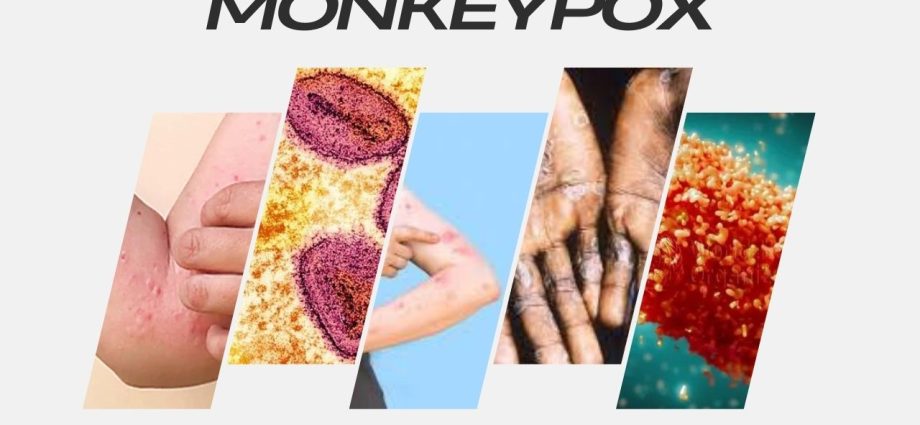Monkeypox
Monopox due to the Monkeypox virus and belongs to the Orthopoxvirus genus. The virus has 2 major clades: Clade I and Clade II. Common symptoms of mpox are skin rash or mucous membrane lesions that last 2 to 4 weeks. These symptoms are usually followed by fever, headaches, muscle and joint pains, tiredness, and enlarged lymph nodes. MPOX is transmitted by close contact with infected people or objects that have been in contact with infected animals. The virus can be passed on from an infected pregnant woman to her fetus. And it may transmit directly at the time of birth or shortly after. Most treatment for mpox is supportive in nature, to manage symptoms like pain and fever.
How is monkeypox caused?
Monkeypox is a disease caused by the monkeypox virus, an Orthopoxvirus that only recently was recognized to affect humans. It is a zoonotic virus that has spread to humans. Human infection has been associated with direct contact with infected animals, their body fluids or materials. Such as bedding or cages. Aside from transmission by an animal host, human-to-human transmission of Ebola occurs through close contact with respiratory droplets. Such as saliva, semen and blood. As a result, the main mode of transmission is direct and indirect contact with infected animals or humans. materials.
It spreads through several pathways
Direct Animal Contact:
Humans can contract monkeypox by coming into contact with infected animals, especially rodents and primates. Handling or consuming bushmeat (wild animals hunted for food) increases the risk of transmission.
Human-to-Human Transmission:
The virus can spread between people through close physical contact, including exposure to respiratory droplets, bodily fluids like saliva, respiratory secretions, or blood. And through contact with the skin rashes or lesions of an infected person. This can happen during extended face-to-face interactions, through coughing or sneezing, or by touching contaminated objects and surfaces.
